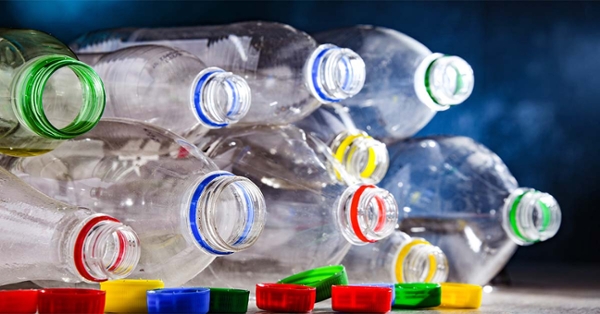Researchers Discover Link Between Plastic Additive and Autism
What’s the link between plastic additives and autism, and why is it so important?
Over the last few decades, the numbers of those affected by autism have continued to increase. While the exact causes of autism are unknown, and the increase in diagnosis could be linked to better testing and more awareness, environmental factors are still considered to be a major factor.
 According to the results of a new study that was published in the journal PLOS ONE by a team of researchers at the Rowan-Virtua School of Osteopathic Medicine and Rutgers University-New Jersey Medical School, Newark, children with ASD (autism spectrum disorder) have a reduced ability to process and clear plastic additive, bisphenol A (BPA), from within their body which then increases their exposure to BPA.
According to the results of a new study that was published in the journal PLOS ONE by a team of researchers at the Rowan-Virtua School of Osteopathic Medicine and Rutgers University-New Jersey Medical School, Newark, children with ASD (autism spectrum disorder) have a reduced ability to process and clear plastic additive, bisphenol A (BPA), from within their body which then increases their exposure to BPA.
This isn’t the first study that has found links between BPA and autism.
The study titled ‘Bisphenol-A and phthalate metabolism in children with neurodevelopmental disorders’ discovered that the decreased efficiency of processing BPA is a key step in detoxifying the body of BPAs.
You can learn more about BPA and how it affects the body here.
When you consume any BPA, either through inhalation or ingestion, it’s then filtered from the blood by your liver. This process is known as glucuronidation. Basically, a sugar molecule is added to a toxin, which then makes it water–soluble and allows it to pass through and out of the body.
Not all people process and detoxify BPA at the same rate.
The study found that children in the study with autism processed BPA at a rate approximately 10% less than those children without autism, which means that they are exposed to BPA for longer.
“We were surprised to find that ADHD shows the same defect in BPA detoxification,” the studies author T. Peter Stein said.
More research into autism is still required to determine whether or not there is a link between increased exposure to BPA in utero or sometime following childbirth. Stein also said that there are more than likely other factors that all contribute to neurodevelopmental disorders, but compromised clearance of BPAs is an important discovery.
For the purpose of the study, the researchers looked at three groups of children: 66 with autism, 46 with ADHD, and 37 without autism or ADHD diagnosis.
The other authors and contributors to the study include Margaret D. Schluter and Robert A. Steer at the Rowan-Virtua School of Osteopathic Medicine and Xue Ming at Rutgers University–New Jersey Medical School, Newark.
Researchers Discover Link Between Plastic Additive and Autism – Conclusion
While the discovery of the link between the ability to clear and process BPAs and children with autism is essential, more research is required before we can come up with any definitive links between the causes of ASD.
If you have any questions about autism products or would like to find more information about sensory products, please don’t hesitate to reach out and contact us directly. Our friendly and professional team is standing by to assist you.





